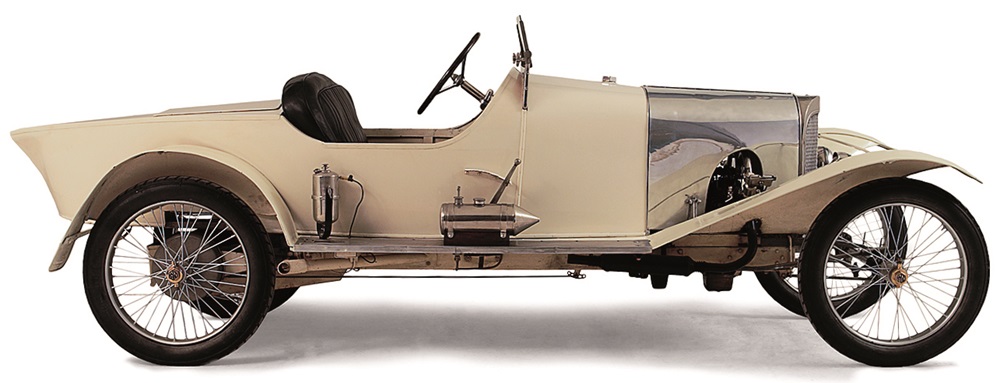1921 Cycle-Car

The descriptions of the Classic Cars in the Directory were partly generated or supplemented with the help of artificial intelligence (AI). The content may occasionally not always be entirely accurate or factually correct despite careful checking.
The GN Cycle-car 1921 was a small, lightweight automobile that was designed and manufactured by the GN company in England. This two-seater vehicle was mainly built for sporting purposes, and it quickly became popular among racing enthusiasts due to its impressive performance and unique design elements.
Under the hood, the GN Cycle-car 1921 was equipped with an air-cooled V-twin engine that was capable of producing up to 12 horsepower at 2,800 rpm. This engine was mated to a three-speed manual transmission that allowed the driver to shift gears smoothly and efficiently. Despite its small size, the GN Cycle-car 1921 had a top speed of around 50 mph, which was quite impressive for a vehicle of its type.
From a technical standpoint, the GN Cycle-car 1921 was quite advanced for its time. It featured a lightweight aluminum frame and body, which helped to reduce its overall weight and improve its performance. The suspension system was also quite advanced, with independent coil springs on all four wheels for better handling and a more comfortable ride.
Other technical features of the GN Cycle-car 1921 included a unique chain drive system that was engineered for maximum efficiency, as well as brakes that were mounted at the front and rear of the vehicle. The steering was manual, which meant that the driver had to use a steering wheel to turn the vehicle. However, this system was quite responsive and allowed for precise control over the car's movements.
Overall, the GN Cycle-car 1921 was a technical marvel of its time. It was designed with the latest engineering principles and technologies, and it offered drivers an exciting and thrilling ride. Today, this classic car remains a cherished piece of automotive history and is revered by collectors and enthusiasts around the world.
Milestones
- 1921: Production of the GN Cycle-car begins - 1922: GN Cycle-car wins the 1100cc class at the Isle of Man Tourist Trophy - 1923: GN Cycle-car introduces the Super Sports model with a more powerful engine - 1924: GN Cycle-car wins the RAC Tourist Trophy race - 1925: GN Cycle-car introduces the GN Saloon, a four-seater version of the car - 1926: GN Cycle-car wins the 1100cc class at the Le Mans 24-hour race - 1927: GN Cycle-car introduces the Aircooled model, featuring an air-cooled engine for improved performance - 1928: GN Cycle-car ceases production due to increased competition and changing consumer preferences.Technical
- The GN Cycle-car was manufactured by GN Motors Ltd in England in 1921. - It was a two-seater, three-wheeled vehicle with a motorcycle engine. - The engine was a V-twin, air-cooled JAP (J.A. Prestwich) engine with a displacement of 988cc and a power output of 10hp. - The transmission was a two-speed gearbox with a chain drive that connected to the rear wheel. - The suspension consisted of a leaf spring front suspension and a solid rear axle with no suspension. - The brakes were cable-operated drums on the rear wheel only. - The body was constructed of a wooden frame covered in fabric and mounted on a steel girder chassis. - The fuel tank was located in front of the windshield and held 6 gallons of fuel. - The vehicle had a top speed of approximately 50 mph and a fuel consumption rate of 45-50 mpg. - The GN Cycle-car was marketed as the "ideal car for the enthusiast" and was popular with early post-WWI automobile enthusiasts due to its light weight and high fuel efficiency.